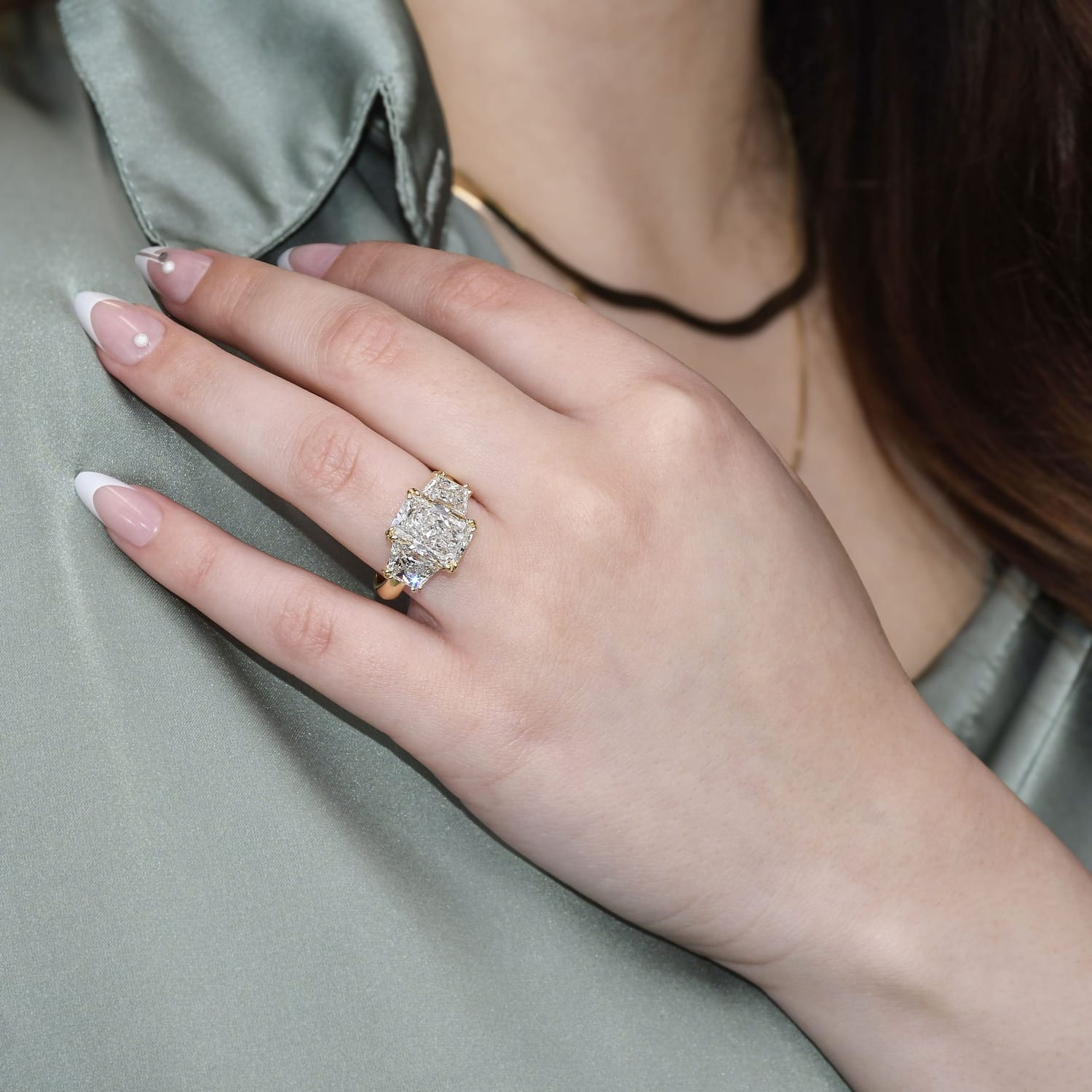Diamond Education: Types of Diamonds
Diamonds, whether adorning a piece of jewelry or part of a cherished collection, come in various types, each with unique characteristics and origins. This section delves into the essential distinctions between lab-grown and natural diamonds and explores the captivating world of natural fancy colored diamonds.

Lab-Grown vs. Natural Diamonds
Formation Process
- Natural Diamonds: Formed deep within the Earth’s mantle under extreme heat and pressure over billions of years, natural diamonds are mined and extracted through significant geological processes.
- Lab-Grown Diamonds: Created in controlled laboratory environments that mimic the natural growth process, lab-grown diamonds can be produced in a fraction of the time it takes for natural diamonds to form.
- Both lab-grown and natural diamonds possess essentially identical chemical compositions, physical properties, and optical effects, making them visually indistinguishable without specialized equipment.
- Natural Diamonds: Their millennia-long formation process and the complexities of mining contribute to the rarity and, subsequently, the higher value of natural diamonds.
- Lab-Grown Diamonds: While offering the same beauty and durability as natural diamonds, lab-grown variants are more accessible and affordable due to their man-made origin.
- Color Spectrum: Unlike the classic colorless diamond, natural fancy colored diamonds are prized for their hues, ranging from yellows and browns to rarer blues, greens, pinks, and reds.
- Formation: The presence of certain elements and conditions during diamond formation imparts these unique colors. For example, boron can give a blue tint, while nitrogen can create yellow or orange shades.
- Rarity and Value: The rarity of fancy colored diamonds, especially those with intense and vivid colors, significantly impacts their value. Red, blue, and pink diamonds are among the rarest and most sought-after.
- Investment and Appeal: Beyond their stunning beauty, natural fancy colored diamonds are often considered investment pieces due to their rarity and the market demand for these unique gems.

Conclusion
Understanding the differences between lab-grown and natural diamonds, along with the allure of natural fancy colored diamonds, will allow you to make informed decisions that align with your values, preferences, and purposes. Whether drawn to the sustainable and ethical appeal of lab-grown diamonds or captivated by the rare beauty of natural fancy colors, there’s a diamond type to satisfy every desire and occasion.


